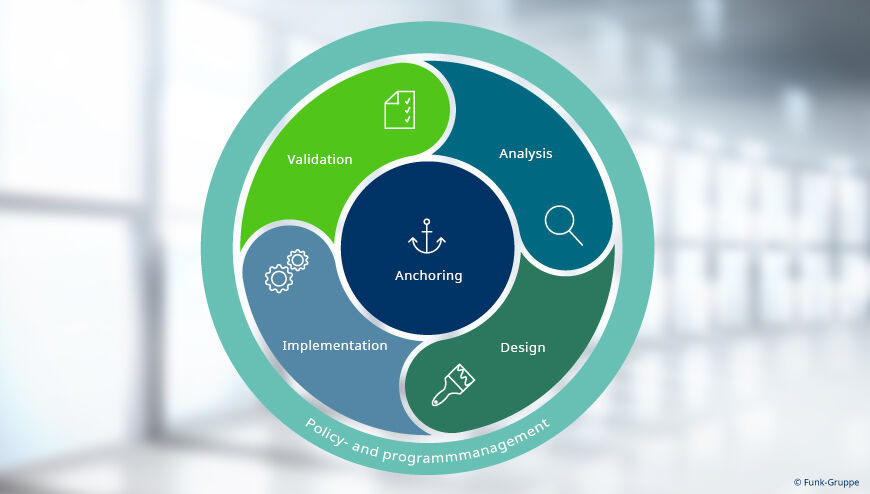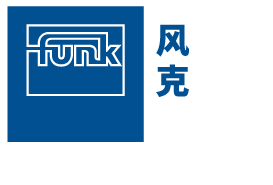For companies, an interruption to operations is the worst-case scenario. With effective business continuity management, you can respond quickly in the event of a crisis and ensure that business processes continue.
No one is immune to sickness. But the chances of recovery are better the stronger your immune system is. The same applies to companies. Events like political shifts or natural disasters can trigger outright crises if they interrupt business operations. At the same time, companies function like a living organism: they can adapt to market challenges and protect their value-adding processes through individual resilience.
To do this, they need a strong immune system themselves, one that builds up their defences against external dangers and risks. Companies can prepare themselves for unforeseen events by introducing business continuity management (BCM). Production processes can then be restored quickly in the event of a crisis. BCM not only ensures that companies continue adding value and retain their ability to deliver, but also protects the reputation of the company as a reliable business partner.
Large-scale crises like the failure of critical contractors or natural disasters such as floods usually affect multiple companies within one industry. BCM gives you an important competitive edge, offering the advantage of early response in such an event and allowing your company to push ahead of competitors.
Funk supports companies across all BCM project phases as needed and facilitates the corresponding certification under applicable standards such as ISO 22301. BCM needs to be set up as a rolling life cycle for this purpose, because only constant repetition of individual phases helps a company continually improve their BCM and strengthen their immune system in the long term.
The aim is to transfer the BCM system into the structure of responsibilities as well as the organizational structure of the company in a lasting manner. This ensures that the company can independently and gradually extend the BCM system to other locations, regions or product groups.
Stages of the BCM-Process

1. Policy and programme management
Policy and programme management is the basis of the BCM model. This is where the guidelines to steer business continuity management are set out and a corresponding strategy is developed.
2. Analysis
Scenario-based risk assessments are used to analyse the effects of an interruption to operations on a business in a business impact analysis (BIA). An accompanying risk impact assessment (RIA) identifies and evaluates risks that are relevant for the company’s value-adding activities.
3. Design
Funk works with the company during the design phase to develop a stable BCM strategy with practical continuity measures that align with the BCM objectives formulated in the policy.
4. Implementation
After the design phase, the business process restoration sequence can be defined in business continuity plans.
5. Validation
In the validation phase, the plans are tested and adapted and the business continuity processes are checked. An annual ‘maintenance process’ is recommended as framework conditions and therefore the risk landscape can quickly change for companies.
6. Incorporation
It is key to continuously work to instill BCM in the corporate culture. Employees should know the proactive BCM philosophy and incorporate it in their day-to-day work.




